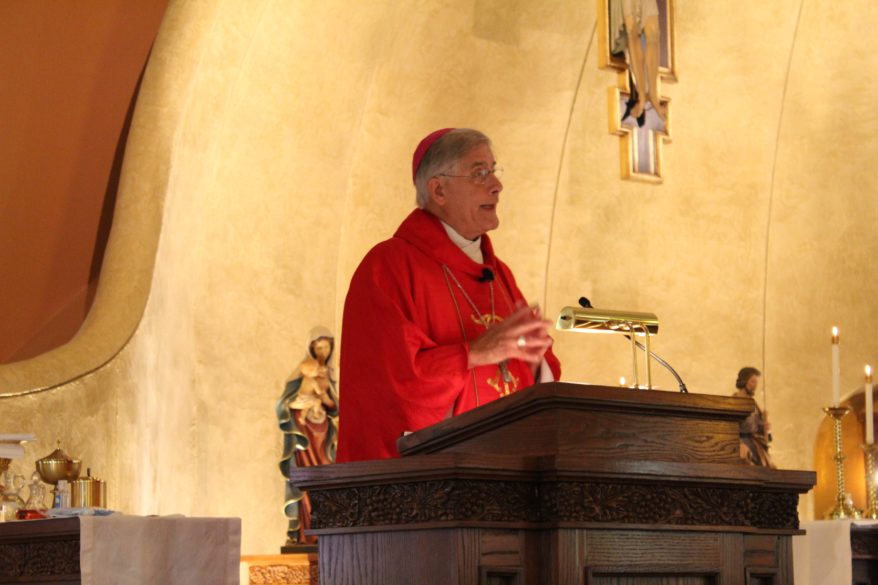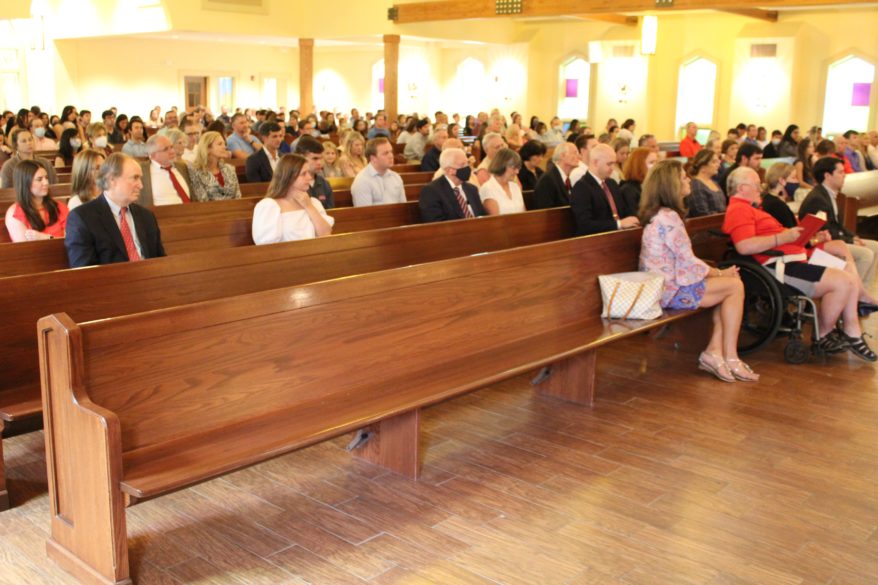Editor’s note: Bishop Joseph Kopacz celebrated a Red Mass at St. John Oxford on Sunday, Sept. 26. Below is a excerpt from his homily.
By Bishop Joseph R. Kopacz, D.D.
During the time that the Diocese of Jackson was preparing to introduce Sister Thea Bowman’s Cause for Canonization in 2018, I discovered that she had done her doctoral dissertation at Catholic University, Washington, D.C. on St. Thomas More’s final masterpiece while imprisoned in the Tower of London for 15 months prior to his execution. There are more than a few blessings in this discovery, and one in particular is the universality of the Catholic Church. A preeminent Englishman of the 16th century, who had reached the heights of the legal and political professions of his time before becoming a saint and martyr, captured the imagination of a 20th century Servant of God, Sister Thea Bowman.
What is the bond that linked these two disciples of the Lord Jesus from over a span of 400-500 years? The English barrister died in 1535 and the Religious Sister was born in 1937.

More was a confidant and favored companion of Henry VIII until he refused to take the Oath of Allegiance to the King who was declaring himself as the head of the Catholic Church in England. His refusal earned him lodging in the Tower of London, but his imprisonment was not time wasted. In the Spring and Summer of 1534 while he waited in the Tower for formal trial and sentencing More began the writing of A Dialogue of Comfort against Tribulation. He wrote the dialogue to stir and prepare the minds of Englishmen to withstand courageously and not to shrink at the imminent persecution which he foresaw and immediately followed, against the unity of the Church and the Catholic Faith.
More died in physical poverty and worldly disgrace. In A Dialogue of Comfort against Tribulation he left his last testament and the final legacy of his wisdom. Following the example of Jesus at the Last Supper when he consoled his apostles in anticipation of the tribulation to follow with his crucifixion, this intrepid martyr understood the power of words as a lasting legacy when coupled with witness.
Sister Thea removed from the shelves of academia A Dialogue of Comfort Against Tribulation in order to breathe new life into a masterpiece, whose pages still reach out to us, urging enduring solutions to perennially recurring human problems, she stated at the conclusion of her thesis in 1972.
She entitled her scholarly work, The Relationship of Pathos and Style in A Dialogue of Comfort Against Tribulation: A Rhetorical Study, her successful doctoral project to elevate pathos into the realms of logos and ethos.
She contended: “More’s attempt to reach the needs of his audience, to reach their hearts as well as their minds, to fire their imaginations with images of Christ’s suffering, yelping devils, damned souls, or the protective care of God, and to delight them so as to make them more receptive of his message, is conscious and deliberate. Pathos, the endeavor to stir the emotions of his hearers, in large measure determines the distinctive character of A Dialogue.”

